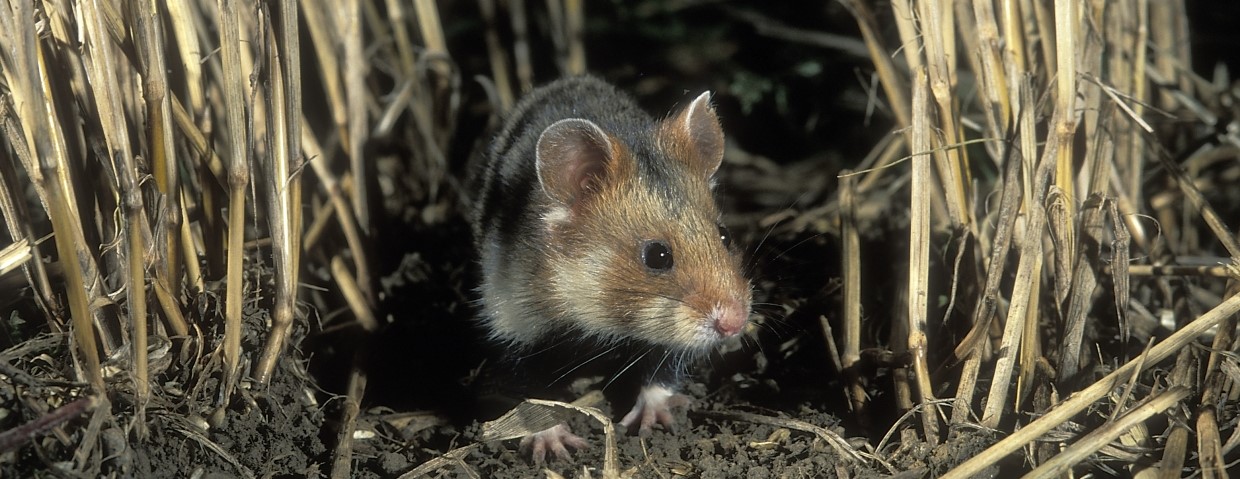Conservation and landscape genetics

Rollin Verlinde (Vildaphoto)
Details
The Habitats Directive states that genetic criteria are essential for determining the favorable conservation status. In the meantime, genetic criteria have been included in the design of the report of the local conservation status (LSVI), which are determined per species on the basis of known information. The intention is to continuously improve these criteria for each species with additional information provided through further population genetic research. In addition, the research results can be implemented in measures for maintaining a (meta-)population and for mitigating possible adverse effects on genetic biodiversity. At the same time, when a genetic study is repeated over time, it allows us to discover trends in the evolution of the genetic biodiversity. Efficient management of species and their populations also requires knowledge about the structure and boundaries of those populations, and how these populations interact with the landscape in which they live. In landscape genetics studies the effects of landscape variables, or changes in those variables, on gene flow are tested. We can also gain access to functional genetic variation via genome-wide markers. This enables us to carry out research into the importance of that functional diversity for the adaptive potential of populations.| Status | Running |
|---|---|
| Actual start/end date | 01/01/2020 - 31/12/2029 |
Teams
- Genetic Diversity
- Forest Ecology and - Management
- Species Diversity
- Monitoring and Restoration of Aquatic Fauna
INBO Research theme(s)
- Protected nature
- Wildlife management
- Nature & society
Participants
Leen VerschaeveKaren Cox
Joachim Mergeay
Arno Thomaes
An Vanden Broeck
Dirk Maes
Sabrina Neyrinck
An Van Breusegem
Jeroen Speybroeck
